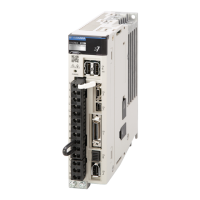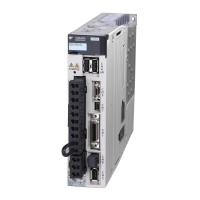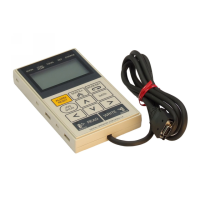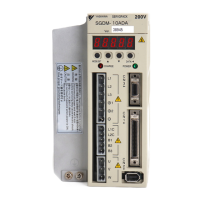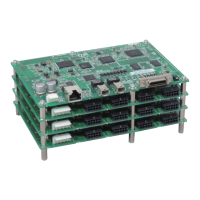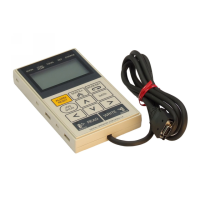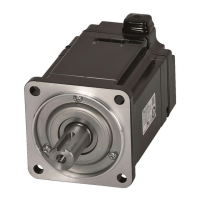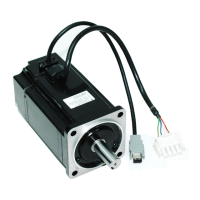SERVOPACK Model: SGD7S
Option Module Model: SGDV-OCA03A
-7S SERVOPACK
Command Option Attachable Type
with INDEXER Module
-7-Series AC Servo Drive
Product Manual
MANUAL NO. SIEP S800001 64E
Basic Information
Selecting a SERVOPACK
Installation
Wiring and Connecting
Application Functions
Trial Operation
Tuning
Monitoring
Fully-Closed Loop Control
Safety Functions
Settings for the INDEXER Module
Operation with Digital I/O
Maintenance
Parameter Lists
Appendices
Basic Functions That Require
Setting before Operation
Operation with Serial Command
Communications
1
2
3
4
5
6
7
8
9
10
11
12
13
14
15
16
17
